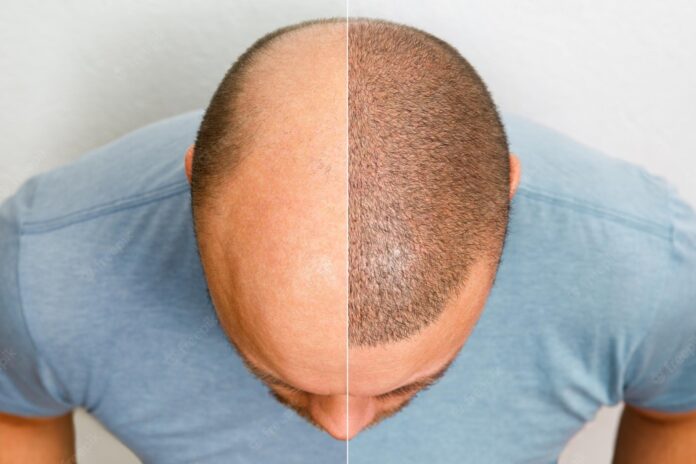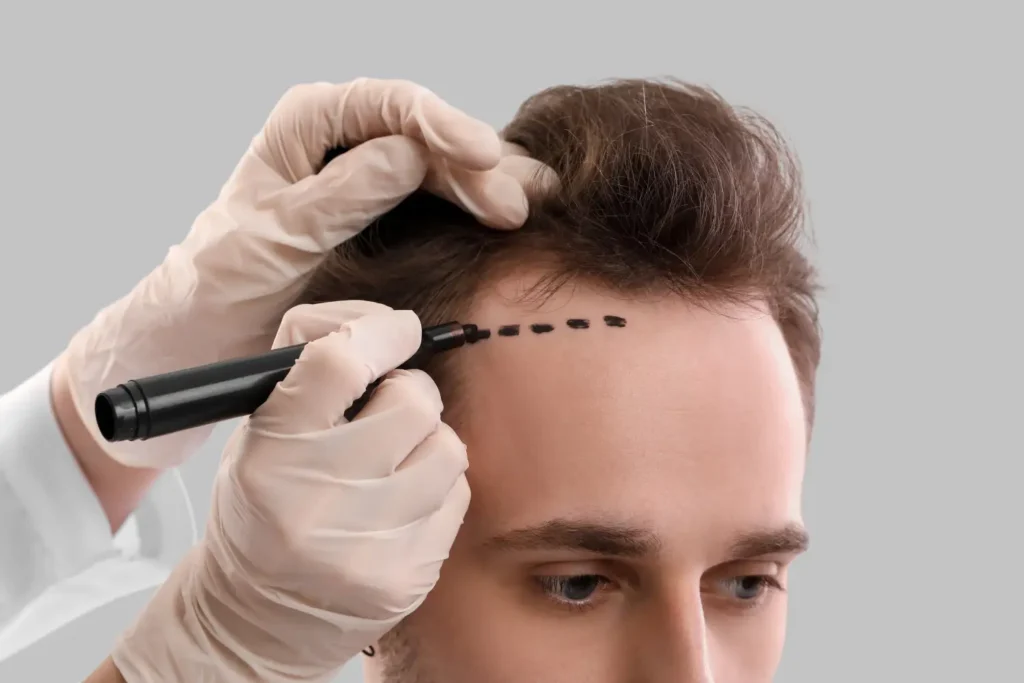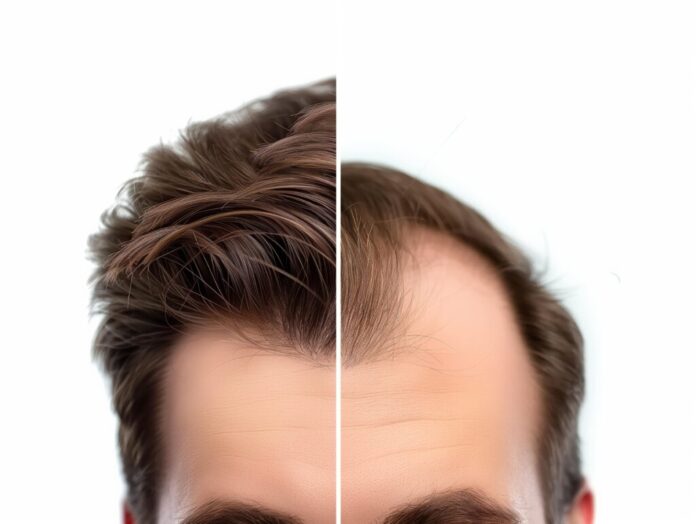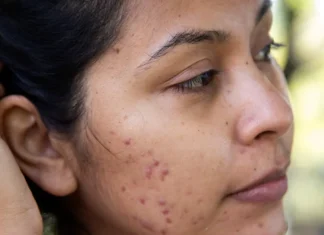
Hair loss is a concern that affects both men and women globally. For those struggling with thinning hair, the idea of a hair transplant may seem like an appealing solution.
However, many wonder if thin hair is a limiting factor when it comes to undergoing this procedure.
Can someone with thinning hair still get a successful hair transplant? In this article, we’ll explore the possibility of hair transplants for individuals with thin hair, the procedure’s efficacy, and what you can expect in terms of results.
Table of Contents
Understanding Thinning Hair
Before diving into the specifics of hair transplants, it’s essential to understand what we mean by “thin hair.” Thinning hair is typically caused by genetic predisposition, hormonal changes, medical conditions, or even lifestyle factors like stress or poor diet.
Unlike full-blown baldness, thinning hair means there are still some hair follicles present on the scalp, but they are becoming weaker and less effective at producing new hair.
How Does a Hair Transplant Work?

A hair transplant is a surgical procedure where hair follicles from one part of the body (usually the back of the scalp, where hair tends to be more resistant to loss) are transplanted to the thinning or balding areas.
The two primary methods used for hair transplants are:
- Follicular Unit Transplantation (FUT) ─ A strip of scalp is removed, and the hair follicles are individually implanted into the target area.
- Follicular Unit Extraction (FUE) ─ Hair follicles are individually extracted from the donor area and transplanted into the recipient area.
Both procedures aim to restore hair density and cover bald spots, but the choice of technique often depends on individual preferences and the recommendations of the surgeon.
Is Thin Hair a Limiting Factor?
For individuals with thinning hair, the biggest concern is often whether they have enough healthy donor hair to achieve successful results. The good news is that hair transplants can still work for people with thin hair, but several factors come into play:
1. Donor Area Quality
The most crucial aspect of any hair transplant is the donor area, which is where the hair follicles are harvested. If your donor area has healthy, thick hair, then a transplant can be successful even if the recipient area has thinner hair.
However, if the thinning extends to the donor area, the number of available hair follicles may be limited, which could affect the outcome.
2. Hair Density Expectations
Patients with thin hair need to set realistic expectations. While a hair transplant can improve density, it may not fully replicate the look of a naturally full head of hair. The surgeon will space out the follicles to create a natural appearance, but the coverage might be more subtle than for someone with thick hair.
3. Hair Type
The texture and type of your hair can also play a significant role in how effective the transplant will be. Individuals with curly or coarse hair often experience more coverage with fewer grafts, while those with fine or straight hair may require more follicles to achieve a similar result.
Factors to Consider Before a Hair Transplant

Before deciding to undergo a hair transplant, there are several factors to consider, especially for those with thin hair:
1. Consultation with a Specialist
It’s crucial to consult with a qualified hair transplant surgeon who can assess your specific situation. They will evaluate the extent of your hair loss, the quality of your donor’s hair, and your overall health to determine whether you’re a suitable candidate for the procedure.
2. Post-Surgery Expectations
Post-surgery recovery and the final results can take time, usually between 6 to 12 months. For those with thin hair, the waiting period can feel long as the transplanted hair goes through natural cycles of shedding and regrowth.
3. Other Hair Loss Treatments
For some patients, combining a hair transplant with other hair restoration treatments can enhance results. Treatments like minoxidil or platelet-rich plasma (PRP) therapy are sometimes used alongside hair transplants to promote thicker growth and improve overall hair health.
Advantages of a Hair Transplant for Thin Hair

Despite the challenges, there are several benefits to getting a hair transplant, even if you have thin hair:
- Natural-looking results ─ Modern hair transplant techniques are highly advanced, and the transplanted hair looks completely natural.
- Permanent solution ─ Once the transplanted hair follicles take root, they grow naturally and can last a lifetime.
- Increased confidence ─ Restoring hair in thinning areas can significantly boost self-confidence and improve one’s appearance.
Drawbacks to Consider
While hair transplants offer many advantages, there are some drawbacks to keep in mind:
- Limited donor supply ─ As mentioned earlier, the success of the transplant depends on the quality and quantity of donor hair. Thin donor areas might not provide enough follicles for a full restoration.
- Cost ─ Hair transplants can be expensive, especially in locations like hair transplant London, where specialized clinics may charge premium prices for their services.
- Recovery time ─ The recovery process involves some discomfort, swelling, and potential scarring, depending on the method used (FUT or FUE).
Conclusion
To sum up, it is entirely possible to get a hair transplant if you have thin hair. However, the success of the procedure largely depends on the quality of your donor area, the type of hair you have, and setting realistic expectations for the final result.
Consulting with a specialist is the best way to determine your candidacy and the most appropriate approach for your specific needs.
While the process requires patience and commitment, many people with thinning hair have achieved successful outcomes through hair transplants, ultimately regaining their confidence and enjoying a fuller, more youthful look.














![16 Best Men’s Loafers 2023 [ BEST PREMIUM BRANDS ] best mens loafers](https://www.menshairstylesx.com/wp-content/uploads/2019/10/best-mens-loafers-1-100x70.jpg)
